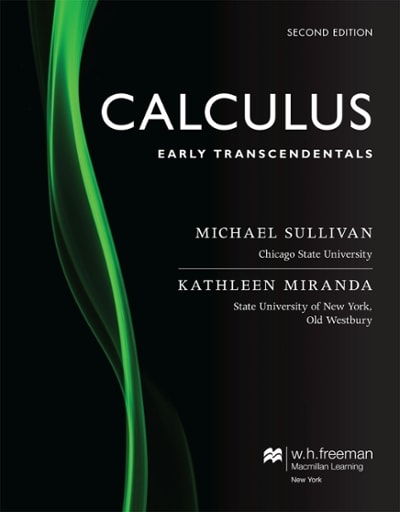Question
We wish to study new varieties of corn for disease resistance. We start by taking four varieties (A, B, C, D) and cross them (pollen
We wish to study new varieties of corn for disease resistance. We start by taking four varieties (A, B, C, D) and cross them (pollen from type A, B, C or D fertilizing flowers from type A, B, C, or D), getting sixteen crosses. (This is called a diallel cross experiment, and yes, four of the sixteen "crosses" are actually pure varieties.) The sixteen crosses produce seed, and we now treat the crosses as varieties for our experiment. We have 48 plots available, 16 plots in each of St. Paul, Crookston, and Waseca. We randomly assign each of the crosses to one of the sixteen plots at each location.
Briefly describe the design used and give a Problem 19.6 skeleton ANOVA.
Step by Step Solution
There are 3 Steps involved in it
Step: 1

Get Instant Access to Expert-Tailored Solutions
See step-by-step solutions with expert insights and AI powered tools for academic success
Step: 2

Step: 3

Ace Your Homework with AI
Get the answers you need in no time with our AI-driven, step-by-step assistance
Get Started


